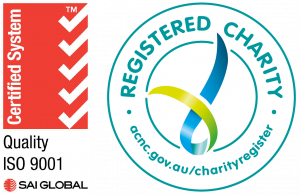It encompasses the crowded streets of Melbourne’s CBD and inner suburbs, the broad suburban swathes of the city’s growth corridors in the west and north, regional town such as Bacchus Marsh, and several farming and forestry communities. The people within the catchment speak between them more than 200 languages. Some struggle with extreme economic disadvantage; others are wealthy and well-resourced.
All of these factors – and several others, such as education, employment conditions, housing stability, family size and gender – directly impact wellbeing. These are the social determinants of health, and mapping, measuring and understanding them is critical to supporting location-specific and culturally appropriate interventions to optimise access to services.
To this end, the organisation uses multiple data sources – and qualitative inputs such as patient and provider interviews – to gather a granular understanding of the distribution and dimensions of social needs. By collaborating with other organisations – from other primary health networks, health service networks, and universities to small-scale service providers and community-defined social groups – we are able to inform decisions on projects and align initiatives and priorities to best match the needs of the 1.9 million people we serve.
Our population is gloriously far from homogenous. It is our responsibility to ensure that in the matter of health every voice is heard and every need is met.
stories in this section


NWMPHN is an ACNC registered charity and certified by SAI Global for ISO 9001.
We acknowledge the people of the Kulin nations as the Traditional Custodians of the land on which our work in the community takes place. We pay our respects to their Elders past and present.
We also recognise, respect and affirm the central role played in our work by people with lived experience, their families and/or carers.
Number, Street, City, State, Zip Code
© Copyright NWMPHN 2023. All photos by Leigh Henningham unless otherwise noted.